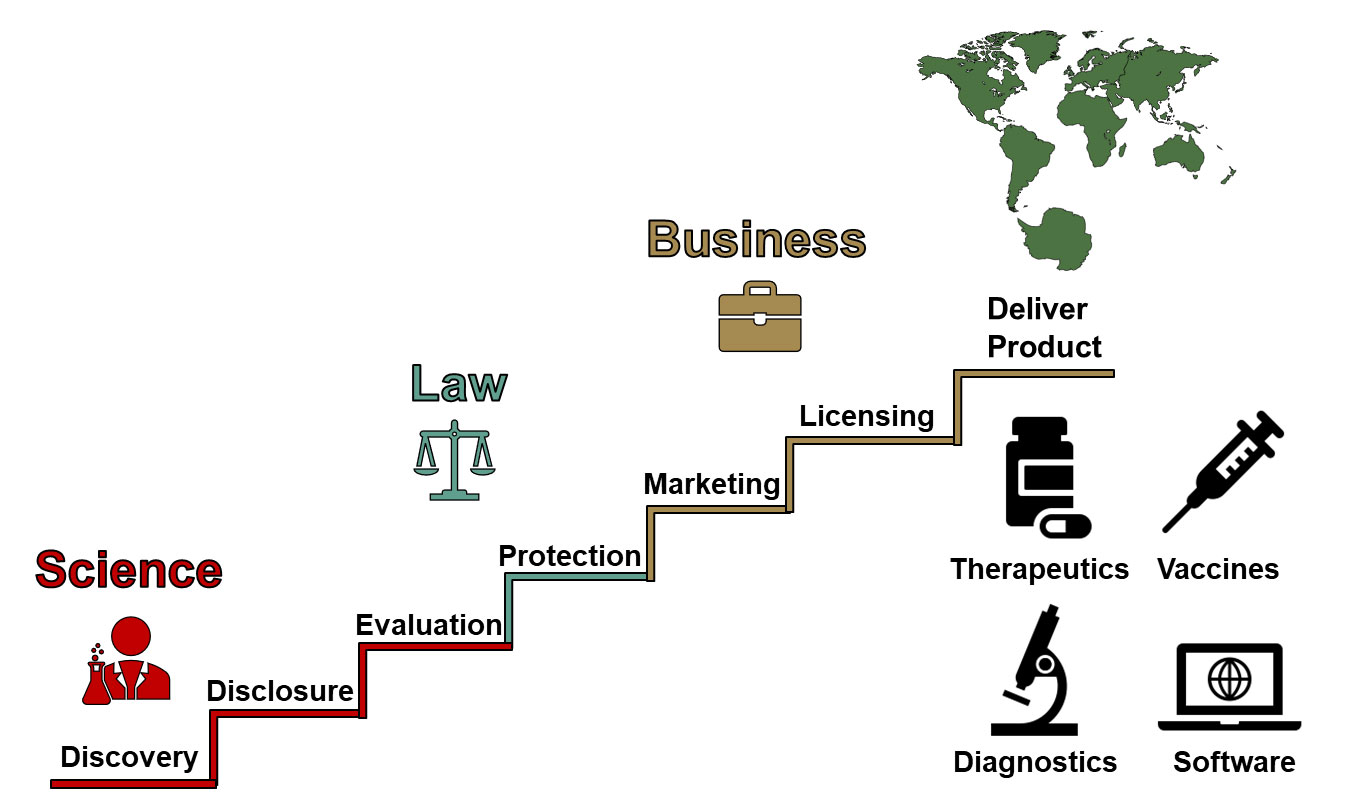Report on Ghana’s National Artificial Intelligence Initiatives and Alignment with Sustainable Development Goals
Executive Summary
The Government of Ghana, through the Ministry for Communication, Digital Technology and Innovations, is advancing a national digital transformation agenda centered on the responsible deployment of Artificial Intelligence (AI). This strategy aims to create an inclusive, data-driven society and directly supports the achievement of several United Nations Sustainable Development Goals (SDGs). Key initiatives focus on developing a national strategy, fostering international partnerships, and implementing AI solutions in critical sectors such as healthcare and education to drive socio-economic progress.
National AI Strategy and Strategic Partnerships for the Goals (SDG 17)
Ghana is establishing a robust framework for AI development through strategic planning and international collaboration, reflecting a commitment to SDG 17 (Partnerships for the Goals).
- National AI Strategy: A comprehensive strategy, developed with support from the UK’s Foreign, Commonwealth & Development Office (FCDO), is near completion. This framework will guide the ethical and responsible deployment of AI, contributing to SDG 9 (Industry, Innovation, and Infrastructure) and SDG 16 (Peace, Justice and Strong Institutions).
- AI Innovation Hub: A $1 billion agreement with the United Arab Emirates (UAE) will establish Africa’s first AI Innovation Hub in Ghana. This initiative is poised to accelerate economic growth and technological innovation, directly supporting SDG 8 (Decent Work and Economic Growth).
- Ghana AI Practitioners Guide: This initiative provides guidelines for professionals, ensuring that AI development aligns with ethical standards and contributes positively to society.
Sector-Specific AI Applications and SDG Impact
Ghana is actively promoting AI applications that address specific development challenges and contribute to key SDGs.
- Good Health and Well-being (SDG 3): The Ministry highlighted the Moremi AI project, an initiative funded by the Bill and Melinda Gates Foundation for the early detection of cancer. This application of AI in healthcare is a direct contribution to improving health outcomes and achieving SDG 3.
- Quality Education and Reduced Inequalities (SDG 4 & SDG 10): In partnership with academic institutions, Ghana is developing Large Language Models (LLMs) in local languages, including Twi, Ga, Ewe, and others. This effort aims to:
- Make AI solutions culturally relevant and accessible, supporting SDG 4 (Quality Education) by enhancing digital learning tools.
- Reduce the digital divide and promote inclusivity, a core target of SDG 10 (Reduced Inequalities).
- Innovation and Infrastructure (SDG 9): The work of Google’s AI research lab in Accra, which supports the company’s global addressing system, demonstrates Ghana’s growing capacity for technological innovation, reinforcing its contribution to SDG 9.
The Role of Communications in Fostering Sustainable AI Adoption
The Ministry has called upon public relations and communications professionals to facilitate public understanding and acceptance of AI as a tool for empowerment. Their role is critical in ensuring that AI development aligns with national development priorities and the SDGs.
- Professionals are tasked with bridging the gap between technical AI advancements and public awareness to foster ethical use and maximize socio-economic impact.
- Effective communication will be essential to demonstrate how AI initiatives contribute to national progress on SDG 3 (Good Health and Well-being), SDG 4 (Quality Education), SDG 8 (Decent Work and Economic Growth), and SDG 9 (Industry, Innovation, and Infrastructure).
Analysis of Sustainable Development Goals in the Article
1. Which SDGs are addressed or connected to the issues highlighted in the article?
- SDG 3: Good Health and Well-being: The article connects to this goal by highlighting the use of AI in healthcare, specifically mentioning “Moremi AI for early cancer detection,” which aims to improve health outcomes.
- SDG 4: Quality Education: The government’s collaboration with “academic institutions to develop Large Language Models (LLMs)” and the general mention of AI’s role in “education” point towards enhancing educational resources and building technical skills.
- SDG 8: Decent Work and Economic Growth: The article presents AI as a “driver of opportunity and empowerment” and a key part of the “government’s digital transformation agenda” to achieve “socio-economic impact.” The establishment of an AI Innovation Hub is a direct investment in economic growth.
- SDG 9: Industry, Innovation, and Infrastructure: This is a central theme, demonstrated by the development of a “National AI Strategy,” the “$1 billion agreement with the UAE to establish Africa’s first AI Innovation Hub,” and the support for local innovations like Moremi AI and research from Google’s Accra lab.
- SDG 10: Reduced Inequalities: The effort to create a “digitally inclusive” society and develop LLMs in local “Ghanaian and African languages” (Twi, Ga, Ewe, etc.) is a direct attempt to ensure AI solutions are “locally relevant and culturally inclusive,” reducing the digital and linguistic divide.
- SDG 17: Partnerships for the Goals: The article explicitly mentions multiple partnerships crucial for achieving these goals, including support from the “UK’s FCDO” for the AI strategy, the agreement with the “UAE” for the innovation hub, and funding from the “Bill and Melinda Gates Foundation” for a healthcare AI startup.
2. What specific targets under those SDGs can be identified based on the article’s content?
- Under SDG 3 (Good Health and Well-being):
- Target 3.4: Reduce by one-third premature mortality from non-communicable diseases. The use of “Moremi AI for early cancer detection” is a technological approach to achieving this target.
- Under SDG 4 (Quality Education):
- Target 4.4: Substantially increase the number of youth and adults who have relevant skills, including technical and vocational skills, for employment, decent jobs and entrepreneurship. The focus on AI development and its ecosystem inherently aims to build these skills.
- Under SDG 8 (Decent Work and Economic Growth):
- Target 8.2: Achieve higher levels of economic productivity through diversification, technological upgrading and innovation. The entire national AI strategy and the creation of an AI hub are designed to drive technological upgrading and innovation for economic growth.
- Under SDG 9 (Industry, Innovation, and Infrastructure):
- Target 9.5: Enhance scientific research, upgrade the technological capabilities of industrial sectors… encouraging innovation. This is directly addressed through the National AI Strategy, the AI Innovation Hub, and support for local AI research and development.
- Target 9.b: Support domestic technology development, research and innovation in developing countries. The development of LLMs in local Ghanaian and African languages is a prime example of supporting domestic technology development.
- Under SDG 10 (Reduced Inequalities):
- Target 10.2: By 2030, empower and promote the social, economic and political inclusion of all, irrespective of… language… The initiative to create AI models in languages like Twi, Ga, and Ewe directly supports linguistic inclusion in the digital sphere.
- Under SDG 17 (Partnerships for the Goals):
- Target 17.6: Enhance North-South, South-South and triangular regional and international cooperation on and access to science, technology and innovation. The partnerships with the UK (North-South) and the UAE (South-South) are clear examples of this cooperation.
3. Are there any indicators mentioned or implied in the article that can be used to measure progress towards the identified targets?
- For SDG 9 and 17: The article provides direct indicators of commitment and progress.
- The development and upcoming launch of a “National AI Strategy.”
- The signing of a “$1 billion agreement with the UAE” to build an AI Innovation Hub.
- The existence of partnerships with the “UK’s FCDO” and funding from the “Bill and Melinda Gates Foundation.”
- For SDG 3: An implied indicator is the successful deployment and use of “Moremi AI for early cancer detection,” which could be measured by the number of screenings performed or the rate of early detection.
- For SDG 9: An implied indicator of innovation is the existence of Ghanaian AI startups like “Moremi AI” and research outputs from “Google’s Accra lab.”
- For SDG 10: An implied indicator is the number of “Ghanaian and African languages” (Twi, Ga, Ewe, Dagbani, etc.) for which Large Language Models are successfully developed and deployed, measuring progress towards digital linguistic inclusivity.
4. Table of SDGs, Targets, and Indicators
| SDGs | Targets | Indicators |
|---|---|---|
| SDG 3: Good Health and Well-being | 3.4: Reduce premature mortality from non-communicable diseases. | Implied: Deployment of AI for early cancer detection (e.g., Moremi AI). |
| SDG 4: Quality Education | 4.4: Increase the number of youth and adults with relevant technical skills. | Implied: Collaboration with academic institutions on AI and LLM development. |
| SDG 8: Decent Work and Economic Growth | 8.2: Achieve higher economic productivity through technological upgrading and innovation. | Mentioned: Creation of an AI Innovation Hub to foster socio-economic impact. |
| SDG 9: Industry, Innovation, and Infrastructure | 9.5: Enhance scientific research and upgrade technological capabilities. 9.b: Support domestic technology development and innovation. |
Mentioned: Development of a National AI Strategy; existence of local AI innovations (Moremi AI, Google Accra lab research). |
| SDG 10: Reduced Inequalities | 10.2: Empower and promote the social and economic inclusion of all, irrespective of language. | Mentioned: Development of Large Language Models in local Ghanaian and African languages (Twi, Ga, Ewe, etc.). |
| SDG 17: Partnerships for the Goals | 17.6: Enhance international cooperation on science, technology and innovation. | Mentioned: Partnership with UK’s FCDO; $1 billion agreement with the UAE; funding from the Bill and Melinda Gates Foundation. |
Source: techafricanews.com







